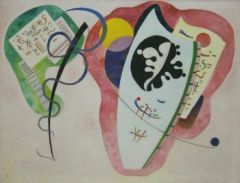The Dutch were great explorers and navigators and were first to visit and establish colonies in places like Indonesia (the Dutch East Indies), Suriname, Caribbean islands like St. Martaan (half-french), Curacao, Aruba and Bonaire, New Amsterdam (New York City, and part of NY State). Like most colonialists of the time, the Dutch established colonies around the world to buy and sell raw materials, spices, even slaves.
This rape of natural resources and the trade in human cargo were typical of the time, and led to enomous profits for the Dutch. They also specialized in some of the more addictive substances like cocoa, tobacco, and opium. They wrapped their cargo in hemp fibers to keep it dry on the long ocean voyages. The Dutch word “droog” means dry and supposedly this is the origin of the English word “drug”. In fact it is the Dutch who taught the Taiwanese Chinese to smoke opium with tobacco, which they later decided to smoke straight.
However, unlike most imperialists, the Dutch didn’t try to impose their morality (religion) or social structure upon those peoples they traded with. Their influence over countries like Indonesia and the American colonies were limited.
Few people realize that the passengers who came to America on the Mayflower departed from Leiden, Holland. They were a group who originally moved from England to the Netherlands to enjoy more religious freedom. Perhaps they were a bit too puritanical for the English, and although the Dutch accepted them, they felt the Dutch were too liberal.
When they made out for the new world, their ship floundered and they chartered a new ship, the Mayflower in England to make the famous sea journey and establish their new colony in Plymouth.


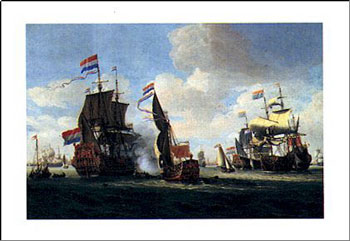
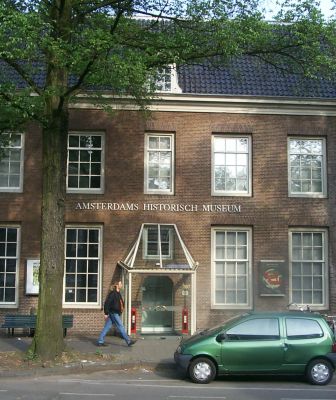
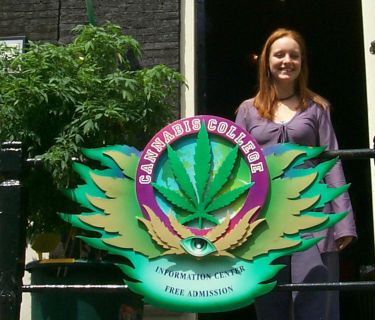
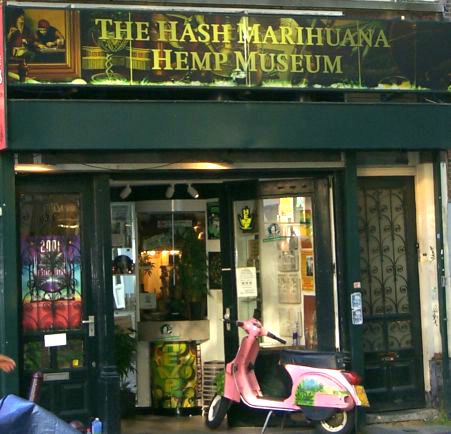
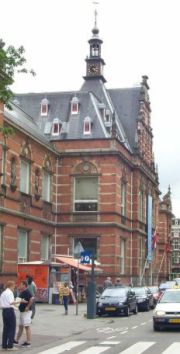 The Stedelijk Musuem was originally built in 1890 to house a collection of art given to the city by Sophia de Bruyn. In 1938 it was turned into the National Museum of Modern Art and has exhibits by such masters as Picasso, Mondriaan, Cezanne, Monet and Matisse. Exhibits are also displayed of new art including sculptures, paintings, prints, drawings, video, photography, etc.
The Stedelijk Musuem was originally built in 1890 to house a collection of art given to the city by Sophia de Bruyn. In 1938 it was turned into the National Museum of Modern Art and has exhibits by such masters as Picasso, Mondriaan, Cezanne, Monet and Matisse. Exhibits are also displayed of new art including sculptures, paintings, prints, drawings, video, photography, etc.